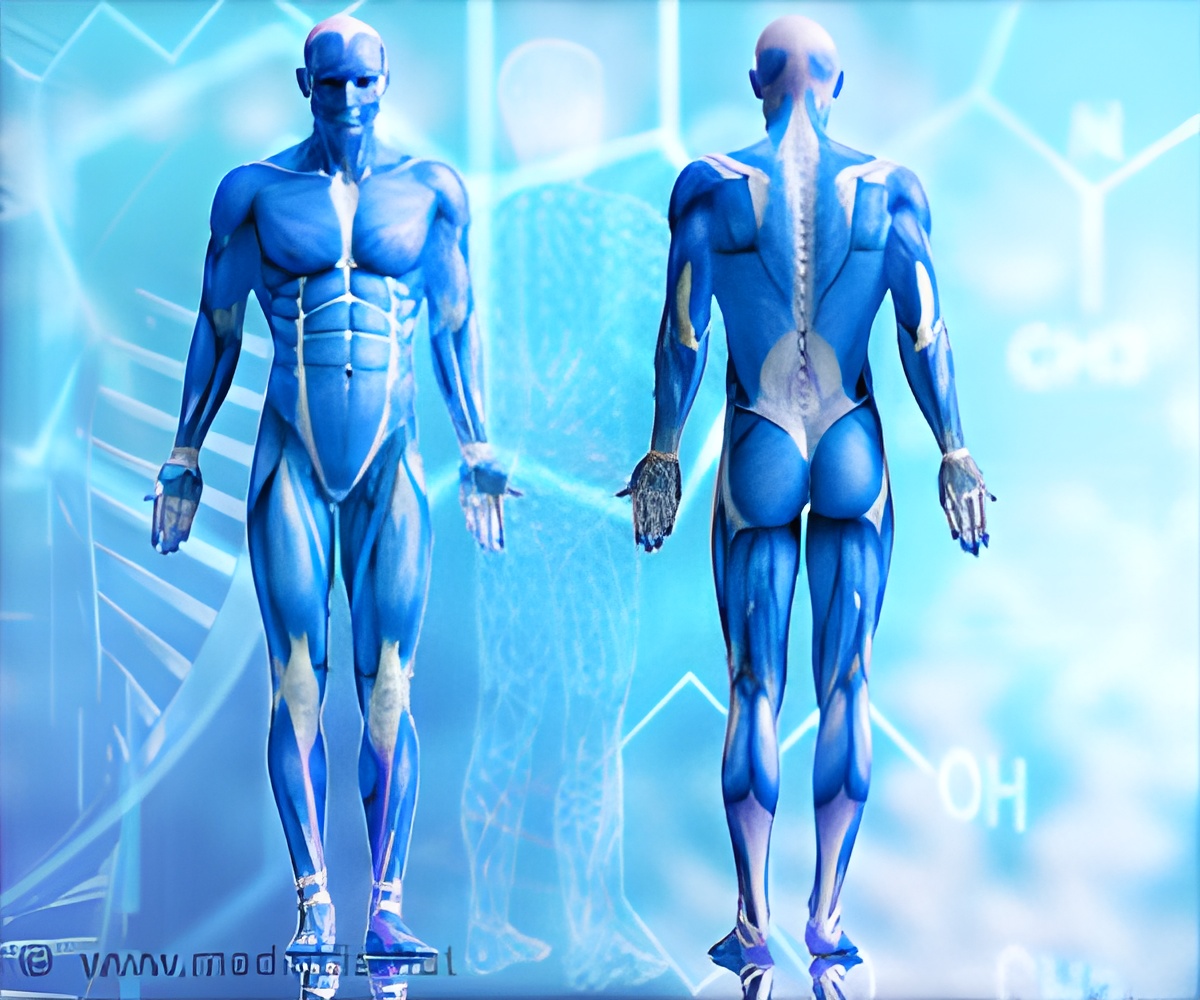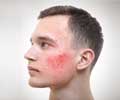Scientists from University of California have developed three-dimensional maps that can spot molecular and microbial variations across the body.

Pieter Dorrestein, PhD, professor at the pharmaceutical science center and his research team, have developed 3D human skin maps that display molecules that make up our skin and the microbes that live on us. The team swabbed roughly 400 different body sites of two healthy adult volunteers to collect information about the skin composition and produce three-dimensional maps of molecular and microbial variations across the body.
The volunteers, one male and one female, were made to stay away from hygienic habits like body washing and usage of moisturizers for three days.
Scientists used a sophisticated technique such as mass spectrometry to determine the molecular and chemical composition of the samples. To map their locations across the body, the team also sequenced microbial DNA in the samples. The team constructed 3D models that illustrated the data for each sampling spot using a fourth-generation programming language.
Dorrestein said that though there was a three-day moratorium on personal hygiene products, the most abundant molecular features in the skin swabs still came from daily hygiene and beauty products, such as sunscreen.
“This is the first study of its kind to characterize the surface distribution of skin molecules and pair that data with microbial diversity. Previous studies were limited to select areas of the skin, rather than the whole body, and examined skin chemistry and microbial populations separately. This finding indicates that 3D skin maps are able to detect both current and past behaviors and environmental exposures,” Dorrestein said.
“The 3D maps show that human skin is not just made up of molecules derived from human or bacterial cells. Skin’s chemical composition is also contributed by the external environment such as plastics found in clothing, diet, hygiene and beauty products,” he added.
Study co-authors include Amina Bouslimani, Carla Porto, Christopher M. Rath, Mingxun Wang, Yurong Guo, Nakatsuji Teruaki, Lingjuan Zhang, Andrew W. Borkowski, Michael J. Meehan, Kathleen Dorrestein, Richard L. Gallo, Nuno Bandeira, and Rob Knight, UC San Diego; Antonio Gonzalez, Donna Berg-Lyon, and Gail Ackermann, University of Colorado at Boulder; Gitte Julie Moeller Christensen, UC San Diego and Aarhus University; Theodore Alexandrov, UC San Diego, University of Bremen, Steinbeis Innovation Center SCiLS Research and SCiLS GmbH.
Source-Medindia















